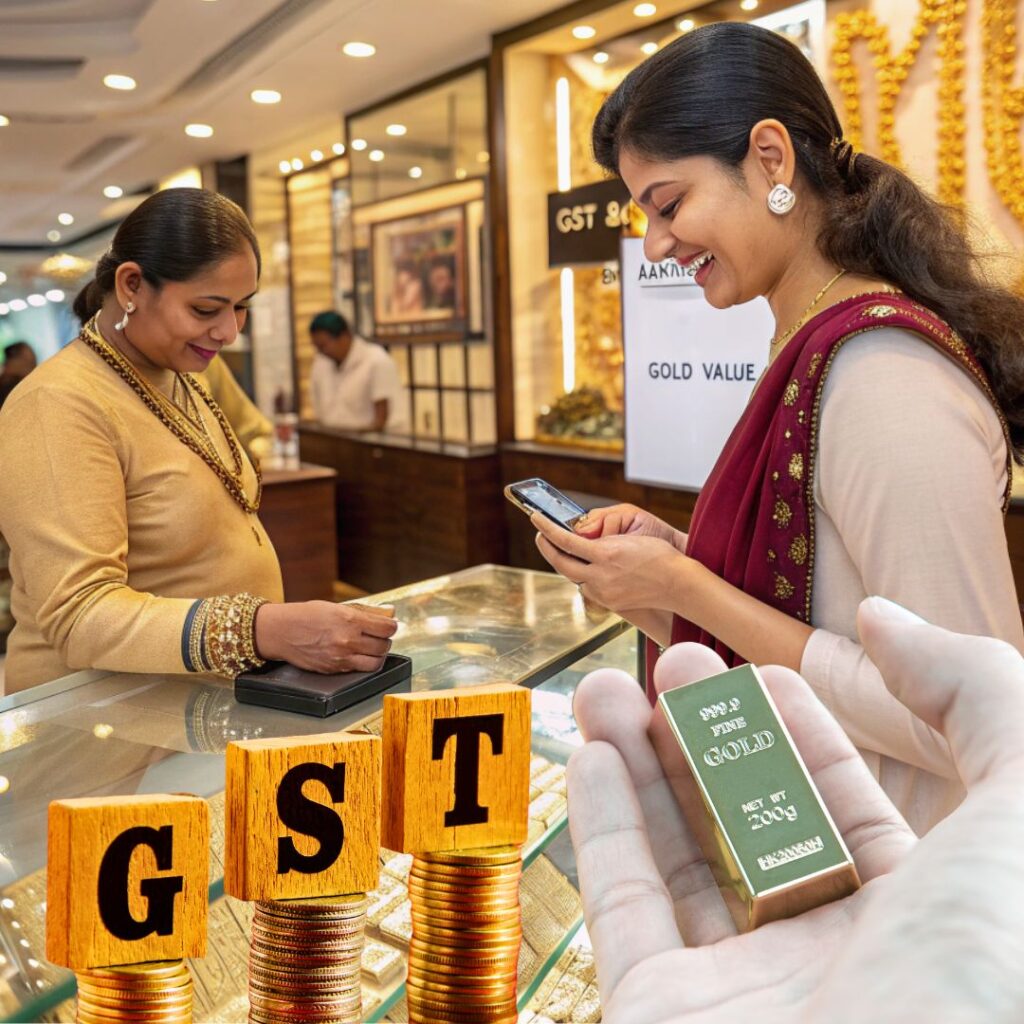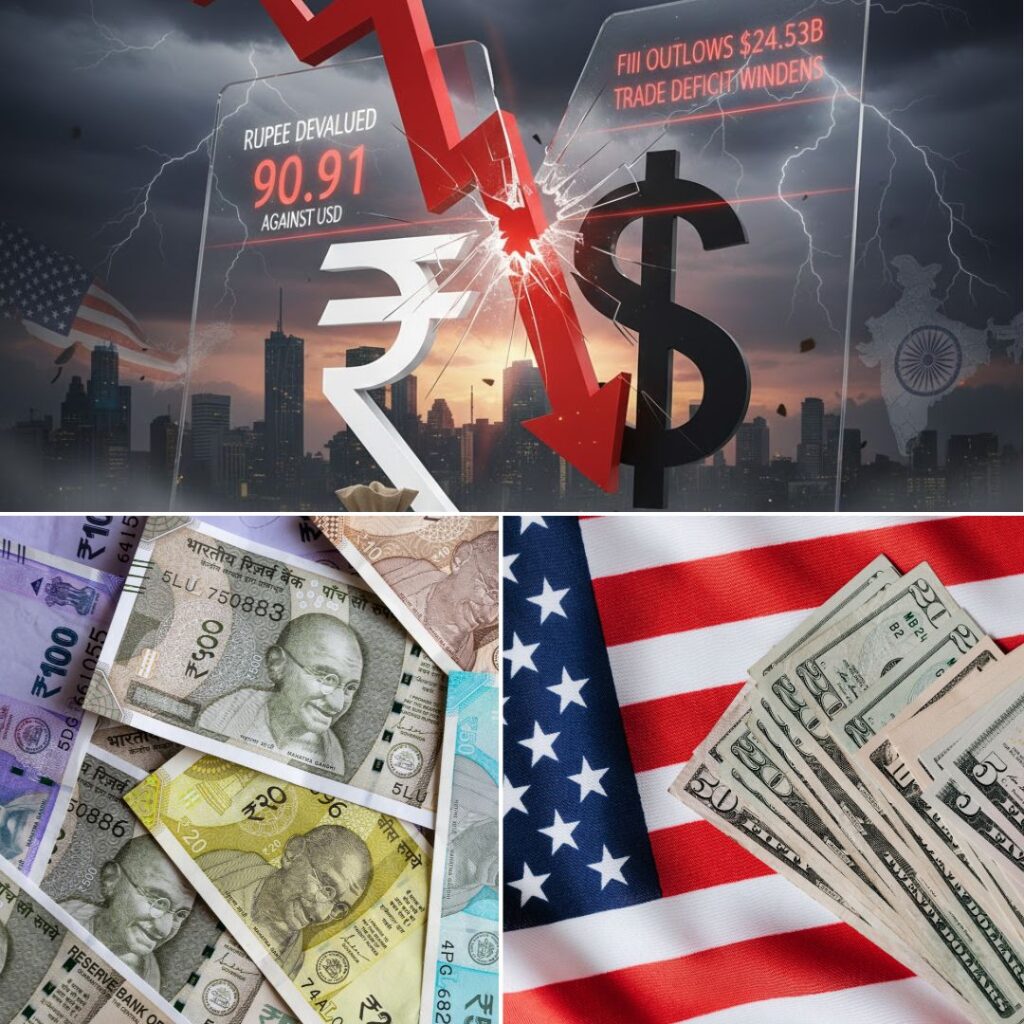Hailing from the Punsari village in Sabarkantha district of Gujarat, Himanshu Patel was used to the abysmal conditions of his village where there was no electricity, no running water, and law and order were almost out of control. After his schooling, Himanshu moved to the nearby town to continue his education. The difference between the village and town was eye-opening for him. He started researching government schemes that could bring changes to his village. With these insights, he returned to his village and tried to persuade the members of his village to implement changes, but everything was in vain. He realized that he needed a decision making position in the village, hence he contested the panchayat election. In 2006, at the age of 22, Himanshu became the youngest Sarpanch of Punsari. Despite opposition, he constituted a team of sixty people and started devising plans for the development of the village. Himanshu managed to leverage funds from various sources and transformed Punsari into a smart village. Within two years, Punsari had electricity, street lights, a water distribution system, concrete roads, access to toilet facilities at homes, CCTVs, solar power generators, etc.
Grassroots leaders are closest to the ground and understand the needs of the people – often because the voters are their neighbours, relatives and people who they have actually met. Experiences say that knowledge about the sourcing of funds, local administration, roles of executives and good people management skills can do wonders at the grassroots.
How many of us are ready to take up the challenge of transforming our local communities by becoming a sarpanch or councillor?
The soul of democracy
Local self-governments formed under the 73rd (Rural Local Bodies/Panchayats) and 74th (Urban Local Bodies/ULBs) constitutional amendments in 1992-93, have substantially contributed to democratic decentralization and devolution of powers over funds, functions and functionaries to local governments. Aimed at local planning, development and administration, these autonomous institutions play a significant role in implementing government schemes and identifying beneficiaries of various government programmes. The role of local governments is crucial in many areas. Administrative activities include the maintenance of records, the construction maintenance and repair of roads, water, sanitation, promotion of rural industries, health, education, women and child welfare; and judicial functions are resolving local issues either through Adalat or Nyaya panchayats or at the level of elected representatives. Further, the functions of Urban Local Bodies includes urban planning, regulation of land use, effective public service delivery, etc. (12th schedule of 74th amendment outlines 18 functions that may be devolved to the city governments).
Above all, this legislation empowers people at the grassroots level to be a part of the decision making process through the three-tier mechanism. The beauty of the legislation is the village level gram sabhas or municipal level ward meetings which are empowered to discuss the development plan and to entrust the execution to the elected representatives.
Gram panchayats are at the lowest level of panchayat raj institutions (PRIs), whose legal authority is the 73rd Constitutional Amendment of 1993, which is concerned with rural local governments. In India, there are over 6 lakh villages (6,64,369 to be precise), 2.5 lakh panchayats. There are 3700 urban local bodies (100 corporations, 1500 municipal councils and 2100 nagar panchayats)
However, a reality is that India is on the cusp of a major change from rural to urban. In 2019, approximately a third of the total population in India lived in cities, an increase of urbanization by almost 4 percent in the last decade. According to a survey by the UN, in 2030 40.76% of the country’s population is expected to reside in urban areas. The rapid urbanization calls for higher attention on urban governance also. It was in the wake of the dismal performance of urban local bodies (ULBs) in service delivery. Also, the devolution report by the Ministry of Panchayati Raj in 2015-2016 points that real decentralization has a long way to go in India as the extent to which states have devolved functions, finances and functionaries to the local bodies are relatively low.
So then why should young, educated people consider being part of these local bodies? Here are some reasons:
Excellent pathway for aspiring politicians Inspiring stories of grassroots reiterate that India requires strong elected leaders with good understanding on governance and exceptional commitment to lead this transformation. Local bodies are being considered as an ideal platform for an aspiring politician to prove their mettle and to climb to the higher ladders of the political career. There are some unique advantages of contesting in local elections where the influence and image of the candidate matters a lot …











